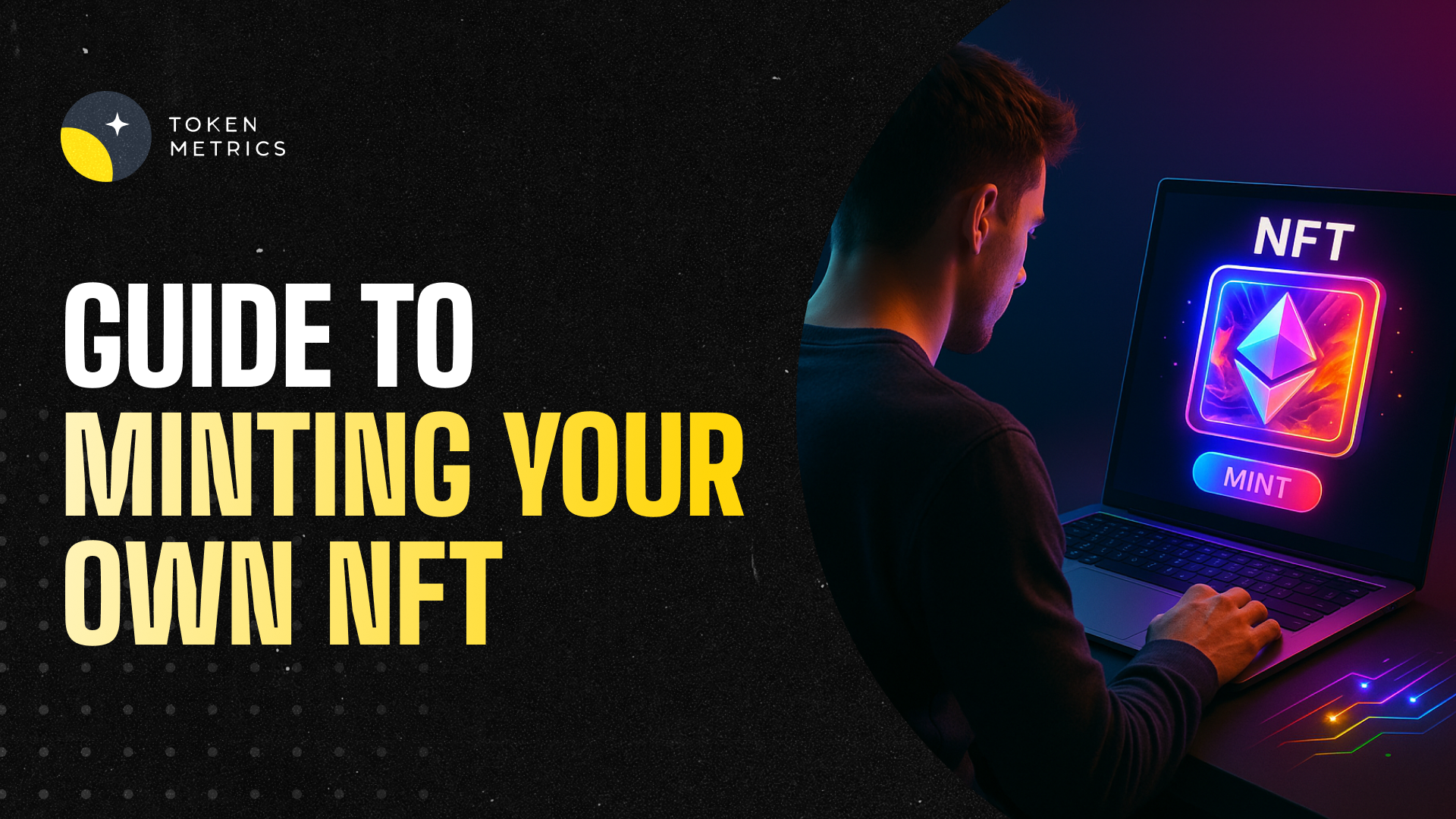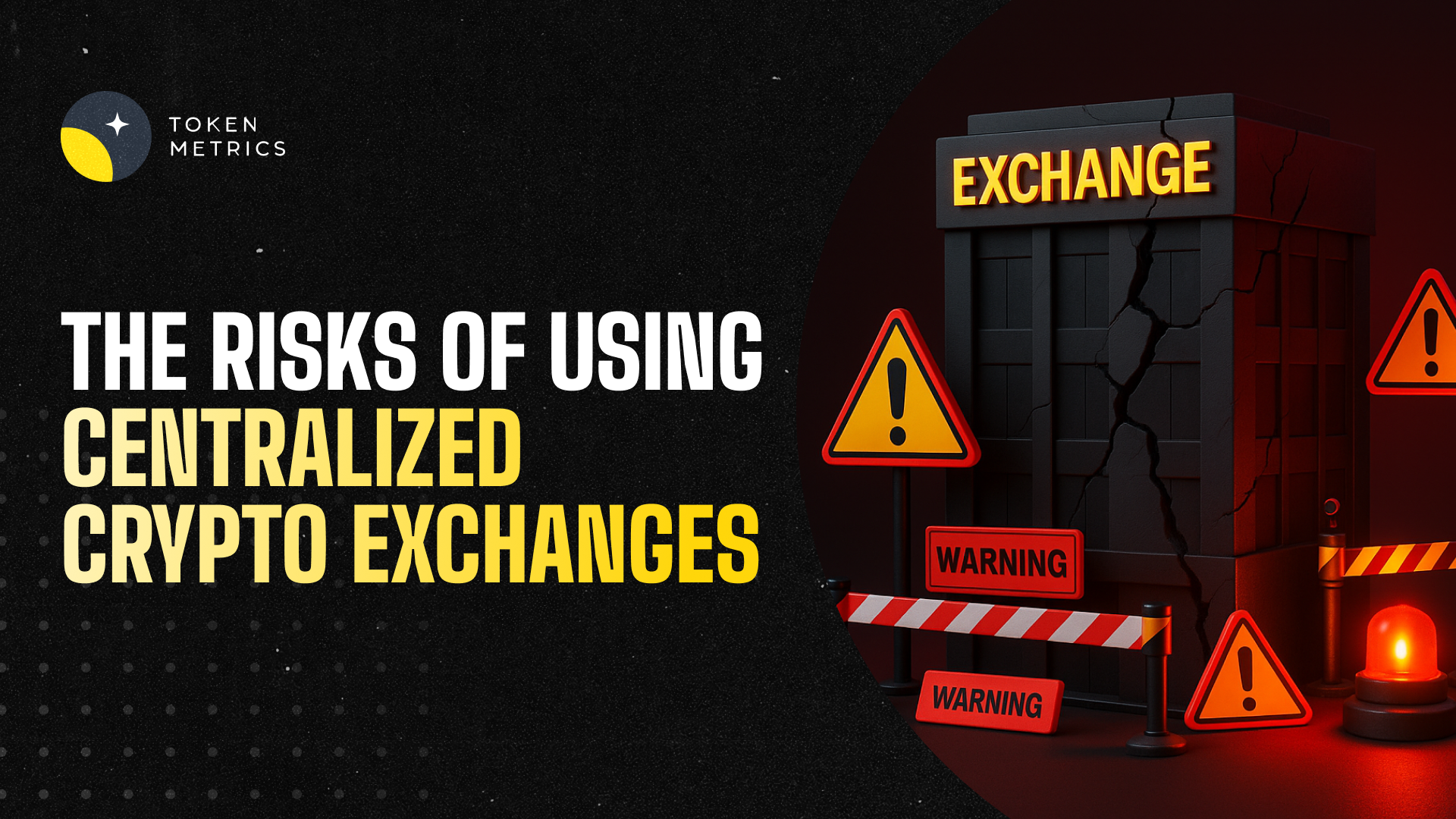
What Are Crypto Indices? A Complete Guide to Crypto Index and AI Crypto Indices

As the cryptocurrency market matures, new tools are emerging to help investors navigate its volatility and complexity. One of the most powerful innovations in this space is the crypto index—a way to simplify crypto investing, reduce risk, and gain exposure to top-performing tokens without having to pick winners manually. Even more exciting is the rise of AI-powered crypto indices, which bring data science and machine learning into the equation to make smarter, real-time portfolio decisions.
In this article, we’ll break down everything you need to know about crypto indices, including:
- What is a crypto index?
- How do crypto indices work?
- Benefits of crypto index investing
- The evolution of AI crypto indices
- Best platforms offering crypto index solutions
- How to start investing in crypto indices
What Is a Crypto Index?
A crypto index is a curated basket of cryptocurrencies that represents a particular theme, strategy, or market segment. Just like traditional stock market indices such as the S&P 500 or NASDAQ-100, a crypto index helps investors track the performance of a group of assets, rather than betting on just one token.
For example, a Top 10 Market Cap Crypto Index would include the ten largest cryptocurrencies by market capitalization (such as Bitcoin, Ethereum, Solana, etc.), and the index’s performance reflects the collective movement of these assets.
Types of Crypto Indices
- Market Cap Indices – Track the top cryptocurrencies by total market value.
- Thematic Indices – Focus on specific sectors like DeFi, AI, Gaming, Memecoins, or Layer-1s.
- Strategy-Based Indices – Include actively managed or algorithm-driven portfolios.
- Yield Indices – Target assets offering staking rewards or yield farming income.
How Do Crypto Indices Work?
Crypto indices are built using a defined methodology that selects, weights, and periodically rebalances assets within the index. Some use fixed rules (e.g., market cap weighting), while others apply more dynamic strategies based on trading signals or AI models.
Key Components:
- Constituent Selection: Tokens are selected based on criteria like market cap, volume, or sector.
- Weighting Method: Each token’s proportion in the index (e.g., equally weighted, cap-weighted).
- Rebalancing: The portfolio is adjusted regularly (weekly, monthly) to reflect market changes.
- Performance Tracking: The index value changes over time to show how the portfolio performs.
Investors can gain exposure to these indices via platforms that either simulate index performance or allow on-chain index purchases through tokenized portfolios.
Benefits of Investing in a Crypto Index
Investing in a crypto index offers multiple benefits—especially for those who want exposure to the crypto market without actively trading.
1. Diversification
Indices reduce the risk of putting all your capital into one volatile asset. Even if one token underperforms, others can balance it out.
2. Simplicity
No need to research every project. Indices package top tokens into a single product that reflects a broader market or theme.
3. Risk Management
Rebalancing and rules-based strategies prevent overexposure to risky or declining assets.
4. Long-Term Growth
Over time, diversified portfolios tend to outperform manual picks due to compounding and market-wide exposure.
5. Passive Investing
Crypto indices are ideal for “set and forget” strategies. Let the index work while you focus on your long-term goals.
What Are AI Crypto Indices?
AI crypto indices take the concept of index investing to the next level. Instead of using static rules, these indices rely on machine learning algorithms to analyze real-time market data and adjust the portfolio dynamically.
How It Works:
- AI scans 80+ data points per token: price action, momentum, sentiment, volatility, volume, technical indicators, and more.
- It generates trading signals (bullish or bearish) for each token.
- The index automatically allocates capital into assets with strong bullish signals.
- When market conditions turn bearish, the AI exits positions into stablecoins to preserve capital.
- Portfolios are updated weekly or even daily for maximum responsiveness.
AI crypto indices are ideal for those who want smart, automated crypto trading without the hassle of constant monitoring.
Why AI-Powered Indices Are the Future of Crypto Investing
The crypto market is 24/7 and moves fast. Human traders can't keep up with all the news, charts, and patterns—but AI can.
Key Advantages of AI Indices:
- Faster Response: AI reacts instantly to market trends and news.
- Data-Driven Decisions: No emotional bias—just pure analytics.
- Backtested Models: AI strategies can be tested against years of historical data.
- Dynamic Risk Management: AI shifts capital to safety during downtrends.
- Better ROI Potential: AI indices often outperform simple HODL portfolios.
Best Platforms Offering Crypto Indices
Several platforms now offer crypto index investing. Some focus on passive HODL-style indices, while others provide AI-managed strategies.
Top Picks:
- Token Metrics AI Indices: Offers active AI-driven indices that rebalance weekly based on bullish/bearish signals. Includes categories like Memecoins, DeFi, RWA, AI, and Top Market Cap.
- Bitwise: Traditional-style index funds for institutional investors.
- Phuture: On-chain indices that users can invest in directly from their crypto wallets.
- Index Coop: Community-governed crypto index products built on Ethereum.
Crypto Index AI Trading - Coming soon on Token Metrics
Click here to get early access to Token Metrics indices.
How to Start Investing in a Crypto Index
Step 1: Choose Your Platform
Select a platform that offers indices aligned with your goals—passive, thematic, or AI-based.
Step 2: Select an Index
Pick an index based on your interest (Top 10, DeFi, AI tokens, etc.).
Step 3: Connect Wallet / Create Account
Some platforms are on-chain (Web3), others use custodial models.
Step 4: Allocate Capital
Fund your account or wallet with USDC, ETH, or BTC.
Step 5: Monitor Performance
Check your index portfolio’s performance weekly. With AI indices, much of the work is automated.
Final Thoughts: Crypto Indexing Is Smart Investing
Crypto indices are reshaping the way people invest in digital assets. Whether you’re a beginner or seasoned trader, index investing offers a powerful blend of diversification, simplicity, and smart automation. And with the rise of AI-powered indices, investors can now access hedge-fund level strategies at the click of a button.
If you want to invest smarter and trade less, crypto indices—especially AI crypto indices—are the future. They’re not just tools for passive exposure—they’re intelligent systems designed to maximize returns and minimize risks in the wild world of crypto.
Click here to get early access to Token Metrics indices.

.svg)

Create Your Free Token Metrics Account

.png)




%201.svg)
%201.svg)


%201.svg)









.svg)




.png)